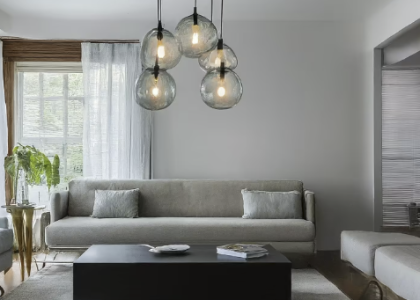Painting a lamp may seem like a simple task, but if approached with creativity and skill, it can transform a mundane object into a stunning work of art. In this article, we will delve into the world of lamp painting, examining different techniques, materials, and ideas to inspire you in your own lamp painting endeavors.
Why Paint a Lamp?
A painted lamp serves both a functional purpose – adding a pop of color or texture to a room – as well as an aesthetic one. By using paint to modify a lamp’s appearance, you can create a custom piece that perfectly suits your style and decor. Plus, painting a lamp is a quick and low-cost way to update an outdated or plain-looking lamp, saving it from ending up in a landfill.
Materials Needed
Before you begin, gather the necessary materials:
- A lamp to paint (metal, ceramic, glass, or plastic)
- Sandpaper (for smoothing and preparing the surface)
- Primer (if painting a glossy or smooth surface)
- Paint brushes or spray paint (depending on the desired finish)
- Paint (choose a type suitable for the surface and desired finish)
- Clear topcoat (optional for added protection)
Techniques and Ideas
When it comes to painting lamps, the possibilities are endless. Here are a few ideas and techniques to get your creative juices flowing.
Stencil Painting
Stencil painting is a simple but effective way to add a pattern or design to a lamp. Using a stencil or masking tape, you can create crisp lines and shapes, which can be filled in with your desired color. For a more unique look, experiment with using multiple stencils or layering different patterns.
Ombré/Painted Gradient
An ombré or gradient effect can be achieved by selecting a few different shades of the same color and blending them together. Paint the top of the lamp with the lightest color and gradually work your way down to the darkest. You can also use a sponge or cloth to blend the paint for a softer effect.
Abstract Painting
If you’re feeling adventurous, try freehand painting an abstract design onto your lamp. This could be anything from simple geometric shapes to flowing lines and swirls. Use a variety of colors for a bold statement piece, or keep it monochromatic for a more subtle look.
Patterned Painting
If you’re comfortable with a paintbrush, try painting intricate patterns onto your lamp. This works especially well on a lamp with a textured surface, such as a woven wicker or rattan base. For a tribal or bohemian look, try painting Aztec or geometric patterns onto the lamp.





